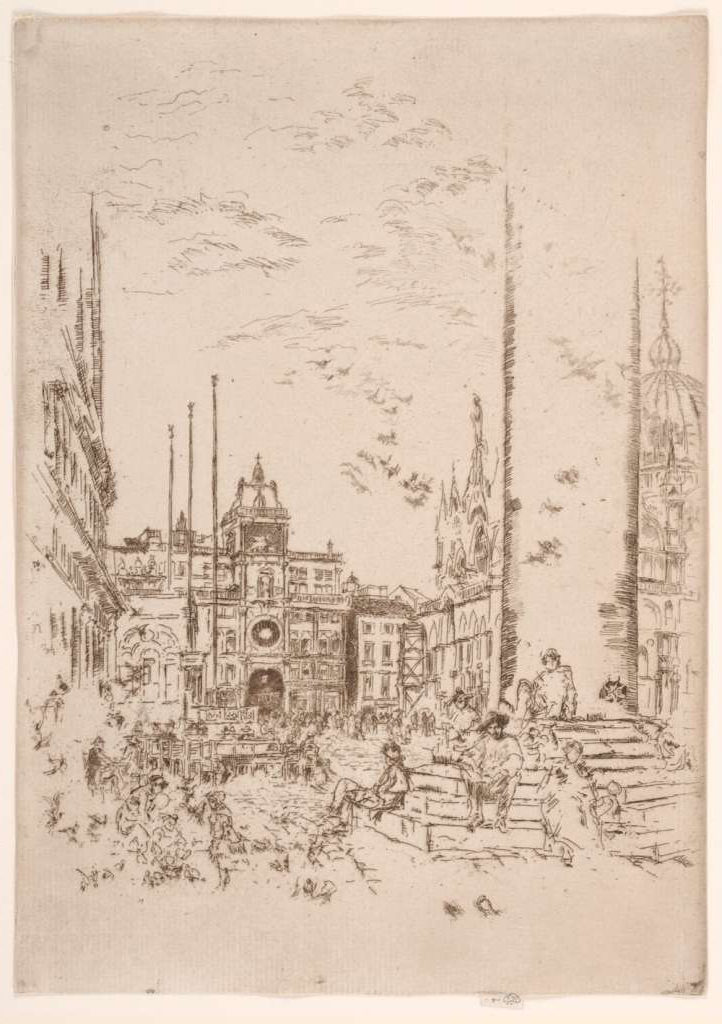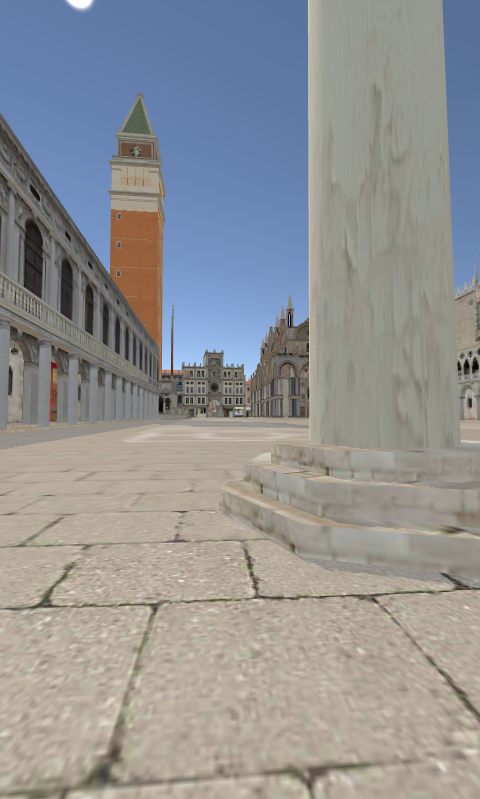In Summer of 2006, I found an internship at the National Gallery of Art in Washington, D.C. I had just finished my master equivalent study on American Art History at Sotheby’s Institute of Art. The program was an intensive crossover of American art history and art business. In the course of a year, we travelled to every major art museum in the east coast to develop a sense of connoisseurship on Americana and to learn art business from star art consultants and renown gallery owners. Because it was Sotheby’s, we were given VIP access to the back storages of museums, art conservation and restoration centers, and private collections. It was an eye-opening experience for me.
During my internship at the National Gallery of Art, I worked under a senior lecturer named Eric Denker. He is knowledgable, passionate, and really fun to work with. Eric’s lectures on James Abbott McNeill Whistler, an American artist at the turn of the nineteenth century, was the reason why I approached him for an internship in the first place. Whistler was an artist with many tales, he was like the Jack Sparrow (or young Barbossa?) of American paintings and etchings at the turn of the 19th century. Instead of viewing Whistler as an out of reach principle American master, Eric’s extensive research brought him to life and made him someone we can relate to. It allowed us to step in Whistler’s shoes and be inspired by his works of art.
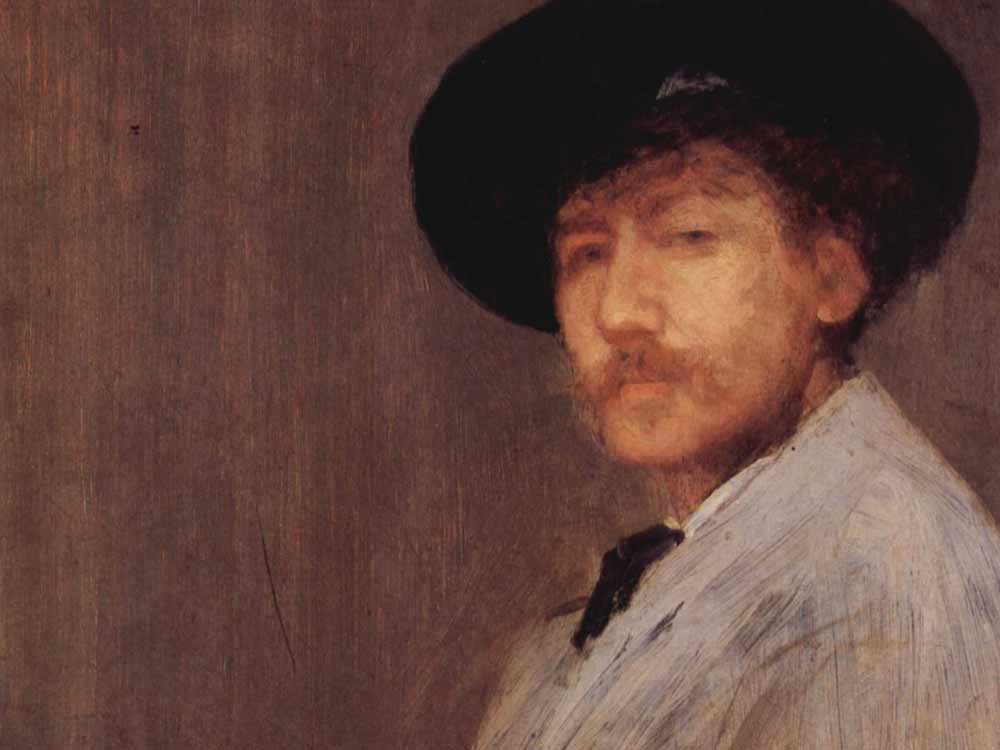
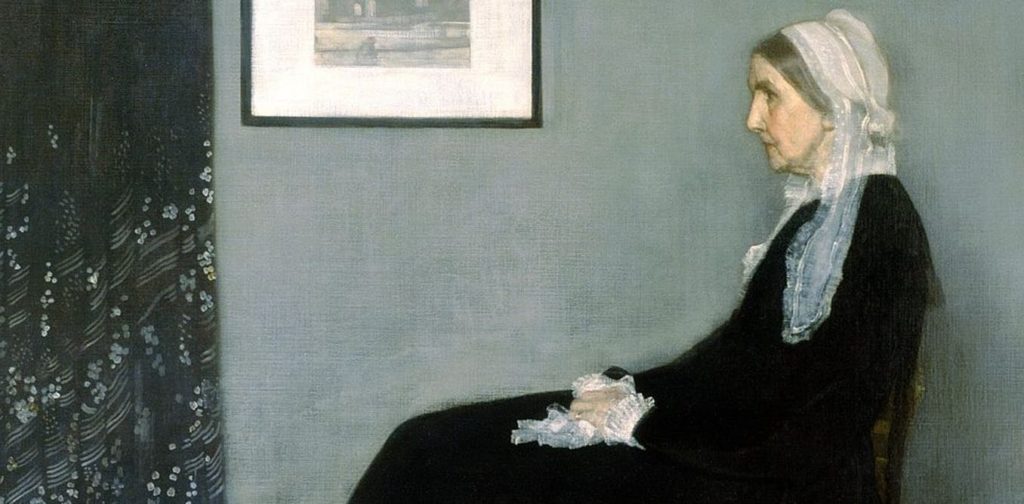
Many American artists at the time are influenced by Japanese woodblock prints. They were fascinated by the simple shading and the ambiguity of the foreground and background. Utagawa Hiroshige‘s 100 views of Edo were among the popular ones to be collected at the time. These qualities were refreshing and opposed to every guiding principle in the traditional western academic style painting. Whistler was a big fan of the Japanese woodblock prints and had made many studies on incorporating the style into western paintings.


Kyobashi Bridge by Utagawa Hiroshige 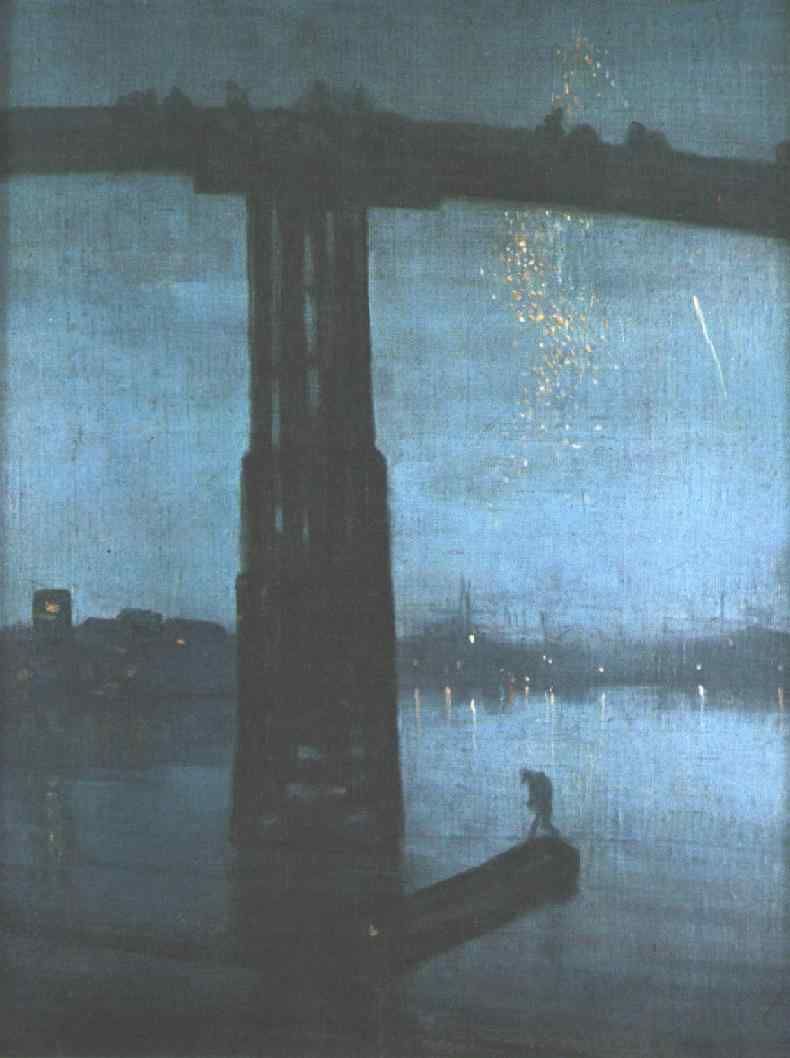
Nocturne in Blue and Gold: Old Battersea Bridge by Whistler
At the last day of my internship, Eric invited me to his apartment for dinner. When I was waiting for the dinner to be ready in the living room, I noticed there were small etchings made by various modern artists, nicely framed in similar sizes, hung around the room. Together they indistinctly form a panoramic scene of a place. The dinner was delicious. I asked Eric about the etchings out of curiosity afterwards. Without saying a word, he put me in the middle of the living room and said, “Welcome to St. Mark’s Square in Venice!”
It’s fair to say that Eric’s research on Whistler led him to Venice and fell in love with it just like Whistler did over a hundred years ago. The panoramic arrangement was brilliant and immersive. It also makes a perfect precedent for exploration as storytelling – a visual portal to a memory place and endless imaginations.
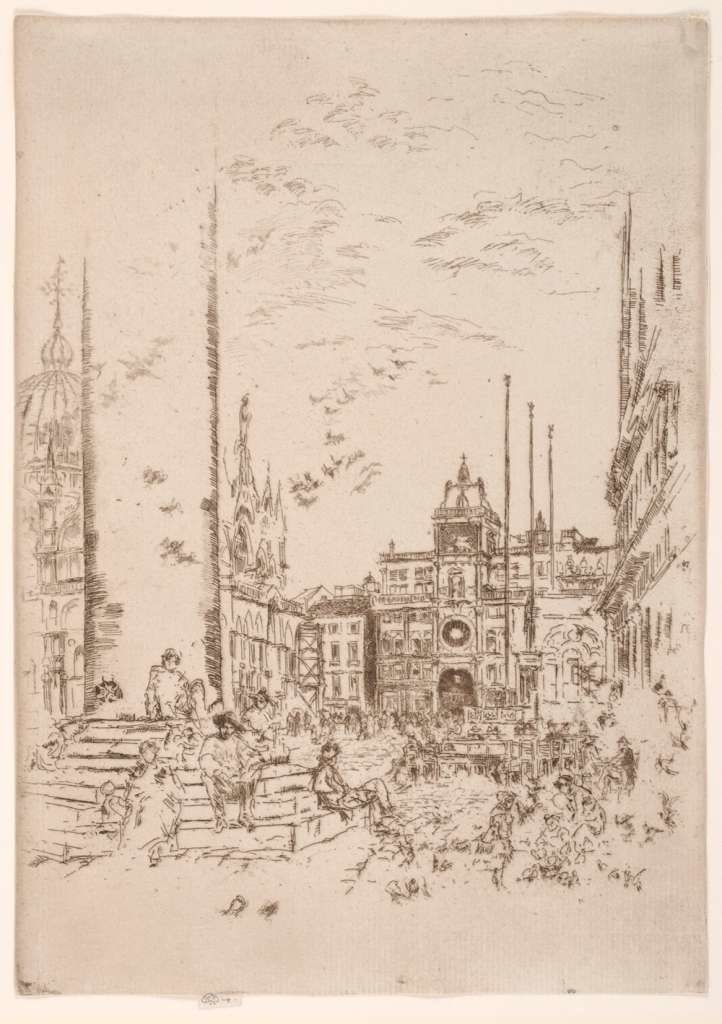
To identify the vantage point, I made a mirrored image of The Piazzetta (“The small square” in Italian) since etchings are usually mirrored images of the real scene. It seems that Whistler had rearranged the items in the scene to emphasise the buildings in the back. The disappearing lines of the pillar and the left wall transcended my imagination. The quick and short strokes brought the busy square back to live. I really enjoyed this etching and couldn’t stop looking at it. At first, I was wondering why the Saint Mark’s Campanile was not in the etching. I then realized the base of the Campanile got in on the left side, but the actual Campanile vanishes with the disappearing lines.
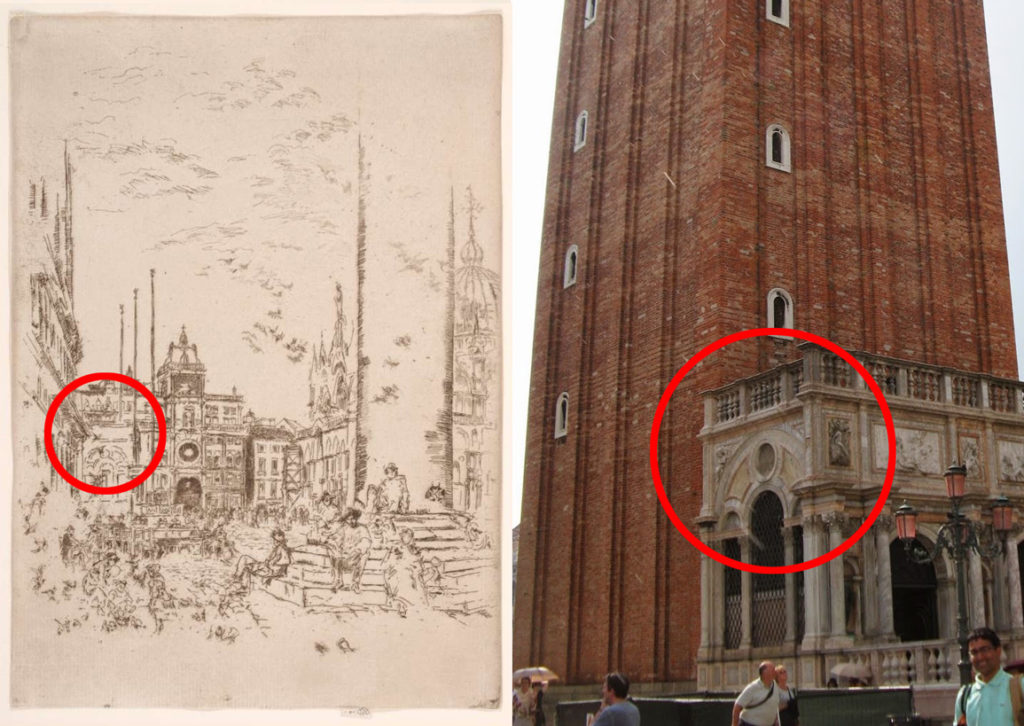
I tried to find the location where this etching was made on Google Map but I failed because that standing point is not available on the street view. I then reached into my deep pocket of resources for inspirations, I found a decent MMD model of the Saint Mark’s square built by シロcalled Neo Venice ( https://bowlroll.net/file/38578). I removed all of the modern lamp posts and the guards around the pillars. I had major fun walking around in there like I was Whistler himself looking for the best vantage point for a new sketch. Here is a comparison of Whistler’s etching (mirrored) and a screenshot from the closest vantage point I could find in Venice VR.
Okay, I am done.
